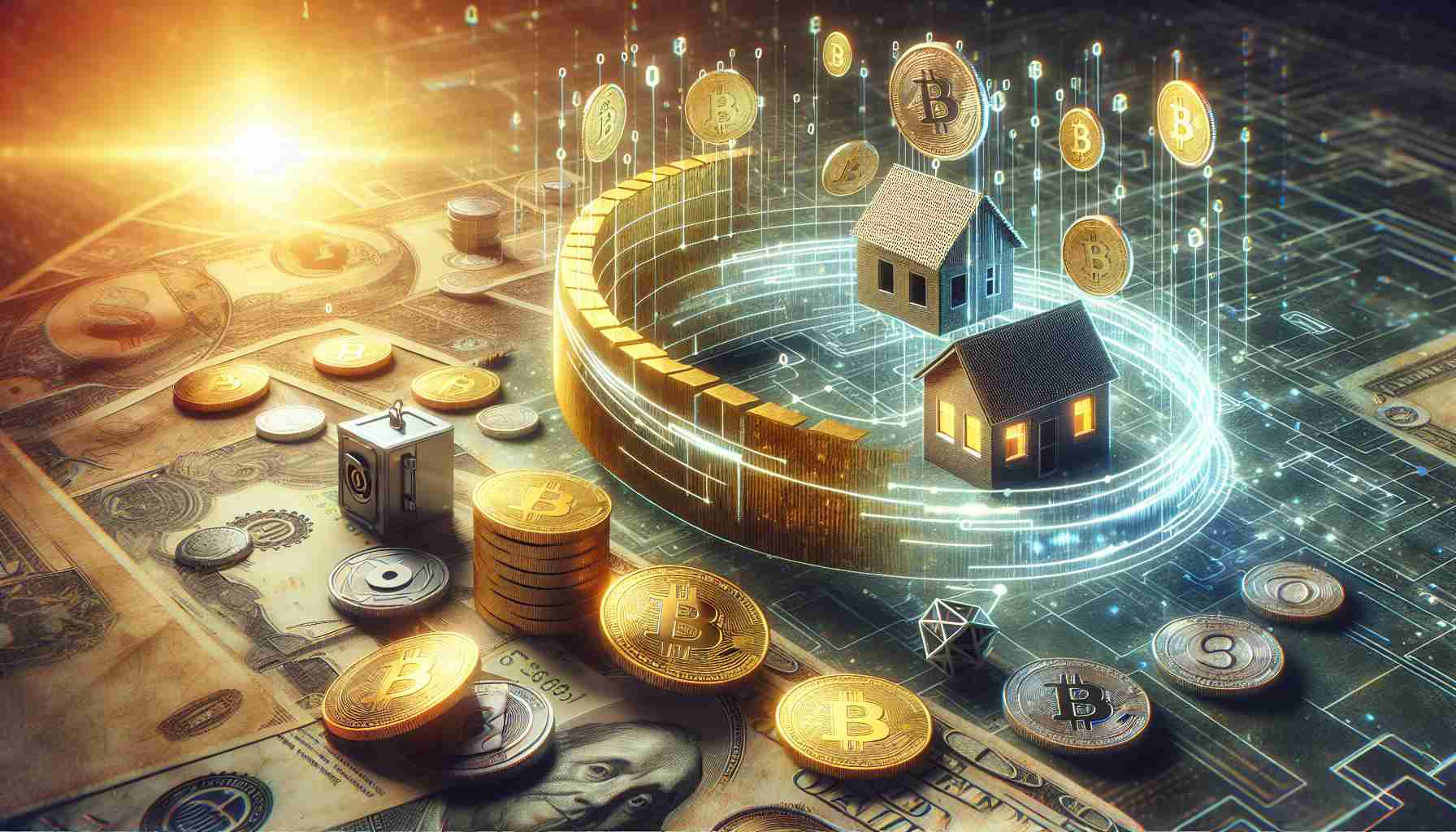While the fast-moving world of cryptocurrencies usually spotlights digital innovation, a new trend showcasing the integration of real world assets (RWA) is gaining traction. Recently, these RWAs are sharing the limelight with AI altcoins, showcasing a surge in popularity and investment interest. RWAs represent items of tangible value, including real estate, commodities, and physical assets, which are now increasingly tokenized to facilitate easy trade on digital platforms.
The drive towards tokenizing these assets has led to the creation of specific protocols with associated tokens, which are witnessing growing demand. However, investors still face challenges in selecting the most promising tokens for their portfolios. As the trend grows, here are some notable RWA altcoins catching the attention of the cryptocurrency community:
Avalanche (AVAX) has seen its value dip to a seven-month low, but it’s currently experiencing a rebound, trading above a key support level. The asset’s Relative Strength Index (RSI), which indicates potential overbought or oversold conditions, signifies a possible bullish turnaround for AVAX.
Chainlink (LINK), a strong player in the Oracle network space, has also managed to maintain its key support levels. It’s now positioning itself for a potential price increase, with indicators pointing towards a prompt recovery and a hopeful surge in price.
Conversely, the Maker (MKR) token, integral to the MakerDAO and stablecoin DAI, demonstrates signs of potential recovery. With its RSI in the bullish zone and a resistance level in sight, MKR stands ready for an uptick.
MANTRA (OM), though less known, is gaining recognition for its secure Layer-1 blockchain offering. After experiencing a significant rise and fall, OM maintains a crucial support level, aiming for a bullish bounce back.
Lastly, Synthetix (SNX), despite showing no strong bullish signals, is holding onto support levels, with potential for recovery on the horizon if bearish pressures subside.
Investors should be aware of market volatility and conduct thorough research when considering these RWA altcoins for their investment strategies, keeping in mind the ever-evolving landscape of the cryptocurrency market.
Integration of Real World Assets (RWA) into Cryptocurrency
The concept of tokenizing real world assets to make them tradable on digital platforms provides a bridge between traditional asset markets and the innovative world of blockchain. This trend is not only about technology but also about the potential legal and regulatory implications. Tokenization involves creating digital tokens that represent ownership or a share in an asset, which can include anything from artwork and intellectual property to precious metals and real estate.
Key Questions and Answers:
- What are the primary benefits of integrating RWAs into the cryptocurrency space?
The primary benefits include increased liquidity, as tokenization allows for fractional ownership and easy transferability; improved access to investment opportunities that were traditionally exclusive due to high entry barriers; and enhanced transparency and security due to blockchain’s inherent characteristics. - What are the main challenges of tokenizing real world assets?
Challenges include regulatory compliance, as different types of assets fall under various regulatory frameworks; the complexity of accurately assessing and representing the value of certain assets in a tokenized form; and the technical difficulty of creating and managing the tokens themselves.
Advantages:
– Liquidity: Tokenization can turn traditionally illiquid assets into liquid ones, making them more accessible to a broader range of investors.
– Democratization of Assets: Fractional ownership enables smaller investors to participate in the investment of larger and more valuable assets.
– Transparency: Blockchain provides a transparent and immutable ledger for transactions, which can minimize fraud and errors.
Disadvantages:
– Regulatory Uncertainty: Regulatory frameworks regarding the tokenization of assets are still evolving, which can introduce risks and challenges for both issuers and investors.
– Market Volatility: Cryptocurrency markets can be highly volatile, and this volatility can affect the value of tokens linked to real world assets.
– Complex Valuation: The valuation of tokenized assets can be complex and may differ from traditional valuation methods, potentially leading to discrepancies and misunderstandings.
Controversies:
A major controversy in tokenizing real world assets is the legal ownership and rights associated with asset tokens. Another controversy is related to the environmental impact of blockchain technology, considering that many blockchain networks require substantial energy consumption to operate.
If you are interested in exploring more about blockchain technology and its applications, visit the following links:
– Bitcoin
– Ethereum
Note: Be sure to visit credible sources for the most current regulations and developments in the cryptocurrency space before making any investment decisions.



